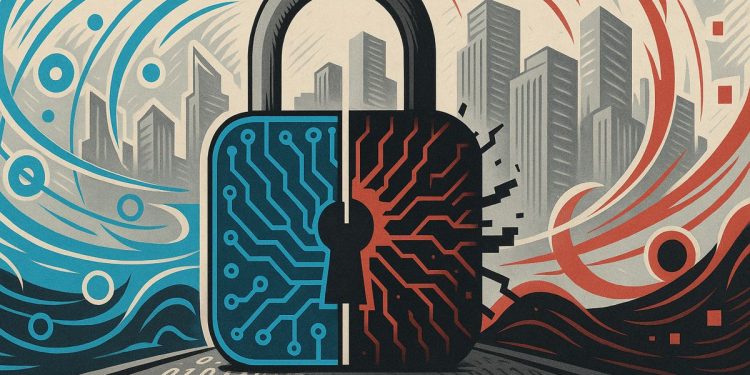In 2025, the biggest cyber threat will be attacks powered by artificial intelligence, surpassing ransomware. Hackers are leveraging AI for deepfakes, chatbot manipulation, and to bypass security, with these fast-moving attacks spreading rapidly. While organizations use AI for defense, criminals quickly adapt, leading to an escalating technological arms race.
What is the biggest cyber threat facing organizations in 2025?
The biggest cyber threat in 2025 is AI-driven attacks, overtaking ransomware as the top concern for CISOs. These attacks include deepfakes, voice cloning, prompt injection, data poisoning, and autonomous AI agents. Organizations are ramping up AI-powered defenses, but attackers weaponize AI as quickly as defenders.
Chief Information Security Officers began 2025 with a stark reality on their dashboards: Arctic Wolf’s latest trends report shows 29 % of security and IT leaders now rank AI (including large language models) as their top threat, pushing ransomware to second place. The shift is more than symbolic – 87 % of surveyed professionals said their organization had already faced an AI-driven incident during the past twelve months.
The attack surface itself is morphing at machine speed. Breakout times – the interval between initial compromise and lateral movement – have fallen under one hour in many incidents tracked by McKinsey’s cyber practice. Attackers leverage generative models to craft deepfake videos, clone voices for fraud calls, and write polymorphic code that alters its signature faster than traditional scanners can refresh definitions.
CISOs are particularly concerned about three technical vectors that barely existed five years ago. Prompt injection lets adversaries manipulate chatbots or internal AI assistants into revealing credentials. Data poisoning silently corrupts training sets, causing models to misclassify traffic or overlook intrusions. Model extraction allows competitors or nation-state actors to steal proprietary AI capabilities by firing repeated queries and rebuilding the underlying algorithm from its responses.
Agentic AI raises the stakes further. Autonomous “AI agents” can now chain together penetration, privilege escalation, and exfiltration steps without human oversight. CIO Dive’s 2025 analysis notes that such agents have already appeared in the wild, disguised as legitimate DevOps tools inside cloud environments.
Defenders are responding in kind. Security budgets now allocate an average 18 % line item to AI-powered detection platforms, according to vendor surveys referenced in the World Economic Forum’s Global Cybersecurity Outlook 2025. Yet the same report warns that attackers quickly weaponize the same toolkits: 42 % of organizations suffered a successful social-engineering attack last year, many via AI-generated phishing that beat legacy filters.
Supply-chain and IoT vectors complete the risk map. Attackers target third-party AI vendors or compromise IoT devices to gain footholds, recognizing that both categories often receive weaker oversight than core production systems. The result is a race where both offense and defense rely on similar algorithms, but budgets, talent, and governance dictate who gets ahead in any given quarter.



















